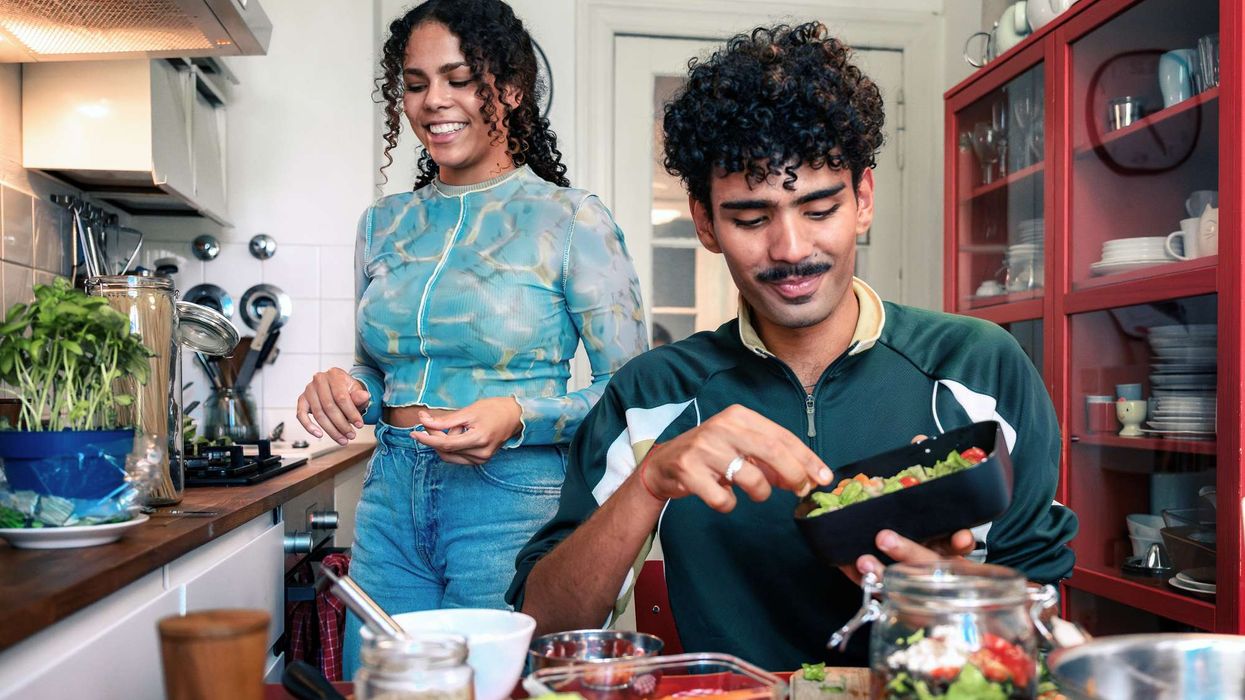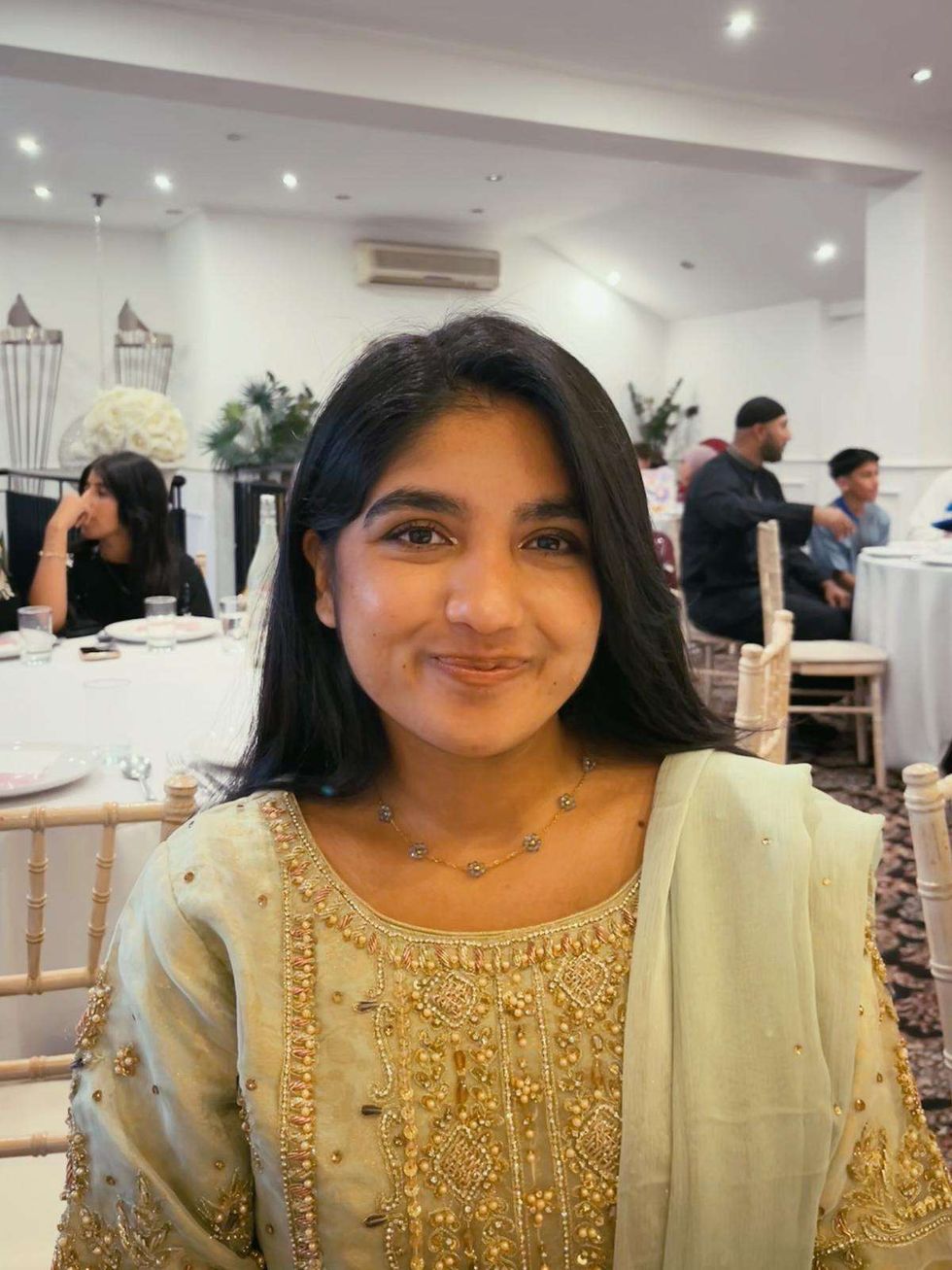WRITER CAUVERY MADHAVAN HIGHLIGHTS RELEVANCE OF IDENTITY STRUGGLES IN NEW BOOK
by MITA MISTRY
AUTHORS have a unique journey that will lead them towards writing a novel and Cauvery Madhavan is no different.
She was born and educated in India before moving to Ireland 33 years ago, where she now lives in County Kildare with her husband and three children. That new life propelled Madhavan towards writing the novels Paddy Indian and The Uncoupling, and her newly released offering The Tainted.
The story set across different generations centres on a small British military town in 1920’s India and is triggered by an atrocity that takes place in Ireland. The powerful story of love, loss, passion, politics and redemption continues a writing journey for an author, who draws inspiration from her roots and surroundings.
Eastern Eye caught up with Madhavan to discuss her writing journey and new novel based on real events.
What first connected you to writing?
I guess my first attempts at writing came directly from a love of reading. My parents were big readers and my earliest memories are of my brother and I being let loose among second-hand book bazaars, with coins jingling in my pocket. So the love of writing definitely came from childhood foraging in bookshops.
How did you feel when your first novel Paddy Indian was published?
At that time and even now, looking back, the joy of that first book came from seeing my parent’s pride. My father was almost embarrassing in his enthusiasm, but that’s a desi dad for you.
What led you towards your latest novel?
Twenty years ago, at an event in the Indian Embassy in Dublin, I overheard a conversation about the Mutiny of the Connaught Rangers in India in 1920. Intrigued, I looked up references to it the next day and was immediately drawn to the complex story, and its tragic outcome. In the following years, I travelled several dozen times to India, Ireland and the UK, in order to research and understand the lives of three different sets of people – Irish soldiers in the ranks who were Catholic, their Protestant Anglo-Irish officers and the much maligned mixed-race Anglo-Indians.
Tell us about the story?
The story based on true events, is set in the small military town of Nandagiri in south India where Colonel Aylmer, commander of the Kildare Rangers, rules the roost. Hidden from view, lies the native Nandagiri - Black Town, with its heaving bazaar, reeking streets and brothels. Everyone in Nandagiri, especially the Irish Catholic soldiers and their Anglo-Irish officers, know their place and the part they were born to play. But there is one exception: Anglo-Indians, tainted by their mixed blood, belong nowhere. As tigers prowl surrounding hills, the heat builds – and when news of the Black and Tans’ atrocities, at home in Ireland, reaches the troops, even their priest, Father Jerome, cannot cool the men’s hotheaded rage.
Tell us more…
Politics vie with passion as Private Michael Flaherty pays court to Rose, Mrs Aylmer’s Anglo-Indian maid. However, mutiny brings heartbreak and heroism in equal measure. Only the arrival of Colonel Aylmer’s grandson Richard, some 60 years later, will set off the reckoning, as the aftermath of the mutiny brings conflicts of identity and belonging simmering to the surface again.
What made you want to tell this story?
I am very much interested in delving into the lives of people whose identities and loyalties are tainted by the social and historical limbo that they are caught in: this is an eternal struggle and a dilemma that is as relevant today as it was then. We just have to look around – there is no part of the world where race and ethnicity does not bring pride and shame, joy and sorrow in equal measure.
What inspired the title The Tainted?
My book is the story of three sets of people tainted by association: At the time of the mutiny, Irish Catholic soldiers were despised in Ireland for serving the crown. Their officers, Anglo Irish Protestants in the main, were never fully accepted as true Irishmen clubbed, as they were, with the ruling English. And in India, Anglo-Indians with their mixed blood were shunned by Indians and not socially accepted by the colonisers either. The Tainted seemed the perfect title.
How much research did you have to do?
My material was gleaned from books, memoirs, letters and manuscripts in both the Irish and British public and military libraries, as well as from private collections. Several weeks were spent in many mountain towns in India where Irish regiments of the Raj were garrisoned, trekking and walking the valleys and forests with a guide. I visited old army barracks, parade grounds and many a famous regimental mess with their amazing collections of regimental silver.
What other research was involved?
I researched military chaplaincy for a good six months, including the Capuchin order in Ireland, as they were the regimental chaplains to the Connaught Rangers. A lot of my research was accidentally tangential; you know I’d start looking at one thing and end up exploring something else, often in the course of the same morning. And even though it meant that so much of the research remained unused and never featured in any form or fashion in the book, it gave me such a clear picture of the period and I hope that has translated into what the reader gets from my book.
Who are you hoping will connect with this story?
If you love history and like a story that spans generations, if you are interested in reading how class, caste and race can create the perfect storm that impacts on ordinary people’s lives, this story is for you.
Is there any one part in the story that is a favourite for you?
Yes, I love the chapter on the tiger hunt. When I began the research for it, I ended up taking an unexpectedly long six-month break from writing to read all of Jim Corbett’s books, in order to get my head around the intricacies of hunting big game using elephants and beaters. For a visual guide, I pored over many series of wonderful sketches and drawings in the Illustrated London News. They were big into hunting, fishing and shooting in the tropics. A good few months later I felt I was an armchair expert.
What according to you makes for a good novel or story?
I absolutely abhor literary snobbishness. A good story is one that keeps me turning the pages. I read widely and everything except horror, and that’s only because I’m a true scaredy-cat.
What is your own favourite novel?
The Poisonwood Bible by Barbara Kingsolver remains a firm favourite. It took me to a part of the world where I’ve never been and opened my eyes to the tragedy of misplaced intentions, the lifelong trauma of children with no control over their own lives and the dangerous power of religious fervour. A nice volatile mix that made an unforgettable read.
Do you have a writing process?
I’m always full of good intentions, but I’m an ace procrastinator. If I can get over the first half hour of sitting down to write then I’m off writing away the whole day nearly. But anything can happen in that first half hour. The washing machine might beep, the cat might look up at me or my golf clubs might need a cleaning up. I try hard to write everyday. At least 500 words or two pages a day is very good going for me.
Who is your own writing hero?
Amitav Ghosh without a doubt. He has mastered the art of working important history into important fiction.
What inspires you as a writer?
That fact is always stranger than fiction. That people, families, communities and countries are more interconnected than we could ever imagine.
Why should we pick up your book?
Because the prejudices of a century ago are still being played out today, because the lives of characters in The Tainted, coloured by race, caste and religion, are just as relevant today as they were a hundred years ago.
Why do you love being a writer?
It’s heady, the power of words.





 Mareyah Bhatti , a sustainability strategist and passionate home cookMareyah Bhatti
Mareyah Bhatti , a sustainability strategist and passionate home cookMareyah Bhatti





